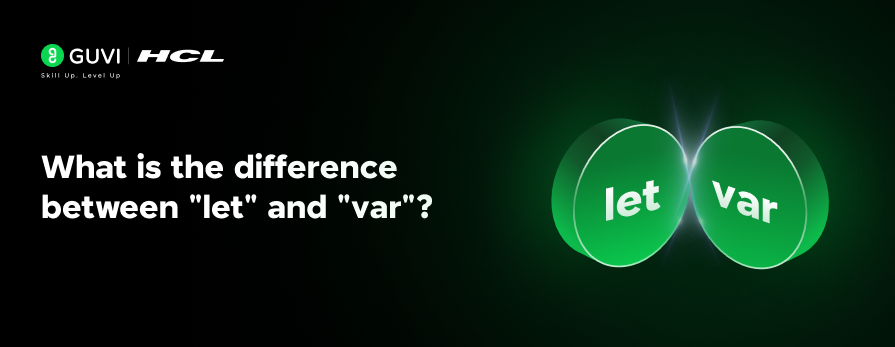
What is the difference between “let” and “var”?
Mar 04, 2025 2 Min Read 429 Views
(Last Updated)
Have you ever faced unexpected issues with variables in JavaScript? Have you declared a variable but found it behaving strangely within loops or functions? Understanding the difference between let and var can save you from frustrating bugs! With the introduction of JavaScript ES6, let replaced var in many use cases. But why? Let’s dive into let vs var JavaScript and explore their differences.
Table of contents
- Understanding var in JavaScript
- Example:
- Understanding let in JavaScript
- let vs var – Key Differences
- Conclusion
- FAQs
- Q1: Can I use var in modern JavaScript?
- Q2: Is let faster than var?
- Q3: What happens if I access a let variable before declaring it?
- Q4: Should I always use let instead of var?
Understanding var in JavaScript
Before ES6, var was the only way to declare variables in JavaScript. However, it comes with some quirks, especially related to scope and hoisting.
Example:
function testVar() {
if (true) {
var x = 10;
}
console.log(x); // Output: 10 (Accessible outside the block)
}
testVar();
Key Characteristics of var:
- Function-scoped: A var variable is accessible throughout the function where it is declared.
- Hoisted: It is hoisted to the top of its scope and initialized with undefined.
- Can be redeclared within the same scope.
Understanding let in JavaScript
With ES6, let was introduced to address the issues with var, especially with scoping.
Example:
function testLet() {
if (true) {
let y = 20;
}
console.log(y); // ReferenceError: y is not defined
}
testLet();
Key Characteristics of let:
- Block-scoped: It is only accessible within the block where it is declared.
- Hoisted but not initialized: Unlike var, it does not get initialized with undefined, leading to a ReferenceError if accessed before declaration.
- Cannot be redeclared within the same scope.
Want to dive deeper into JavaScript concepts, check out this amazing handbook on JavaScript which is exclusively for beginners to understand the basics thoroughly.
let vs var – Key Differences
| Feature | var | let |
| Scope | Function-scoped | Block-scoped |
| Hoisting | Hoisted with undefined | Hoisted but not initialized |
| Redeclaration | Allowed | Not allowed in the same scope |
| Use Case | Older JavaScript, global variables | Modern JavaScript, block-scoped needs |
Want to explore JavaScript in-depth? Do register for GUVI’s JavaScript self-paced course where you will learn concepts such as the working of JavaScript and its many benefits, Variables, Objects, Operators, and Functions, as well as advanced topics like Closures, Hoisting, and Classes to name a few. You will also learn concepts pertaining to the latest update of ES6.
After this course, you will have built various real-time projects which will help you create an attractive portfolio to showcase your skills in front of future employers. Additionally, you will be awarded a globally recognized, job-ready certificate that will provide an edge to your resume.
Conclusion
Understanding the difference between var and let is crucial for writing cleaner and more predictable JavaScript code. While var is function-scoped and allows redeclaration, let provides block-level scoping and prevents accidental redeclaration. In modern JavaScript, it’s recommended to use let (or even const when reassignment isn’t needed) to avoid scope-related bugs. Now that you understand var vs let vs const, you can make better choices in your JavaScript projects!
FAQs
Yes, but it’s generally not recommended. let and const are preferred due to their predictable scoping behavior.
Performance differences are negligible. However, let improves code maintainability and reduces errors.
You’ll get a ReferenceError because let is hoisted but not initialized.
Yes, in most cases. Use let for variables that will change and const for constants.





















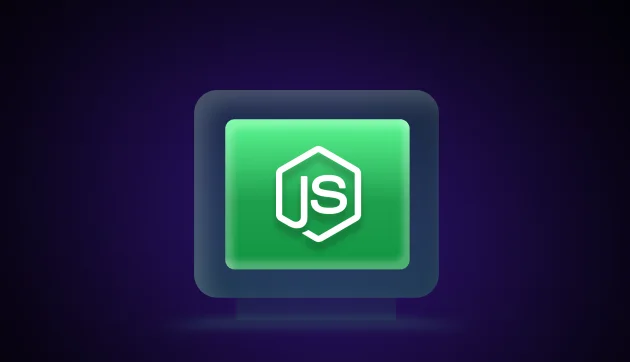
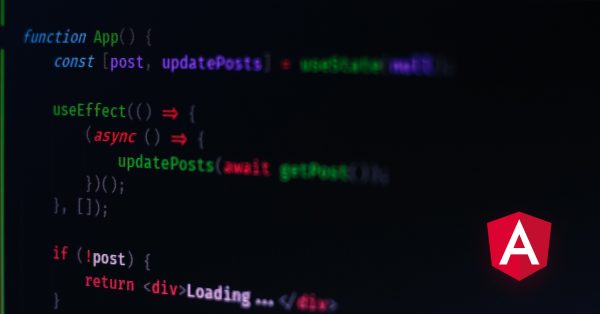
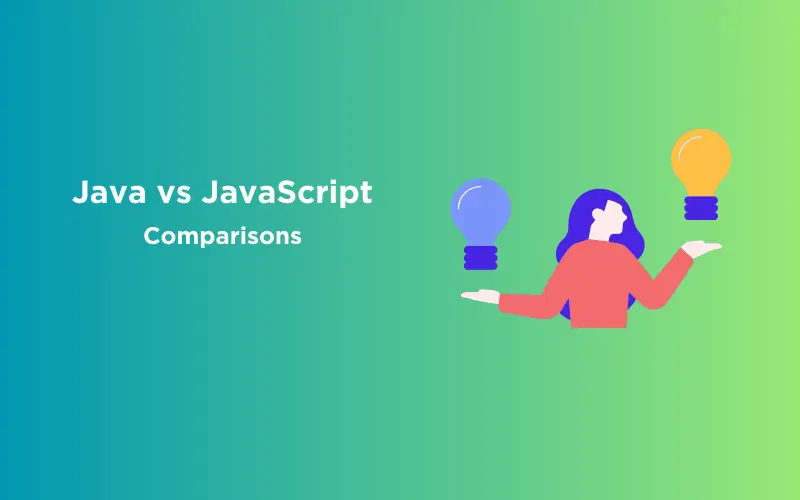
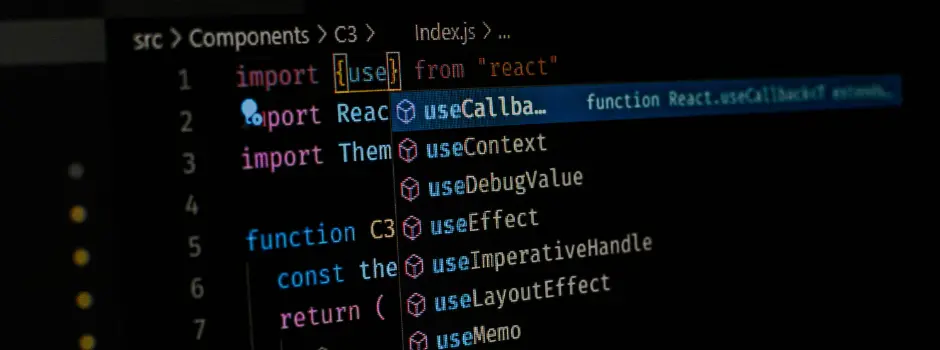





Did you enjoy this article?